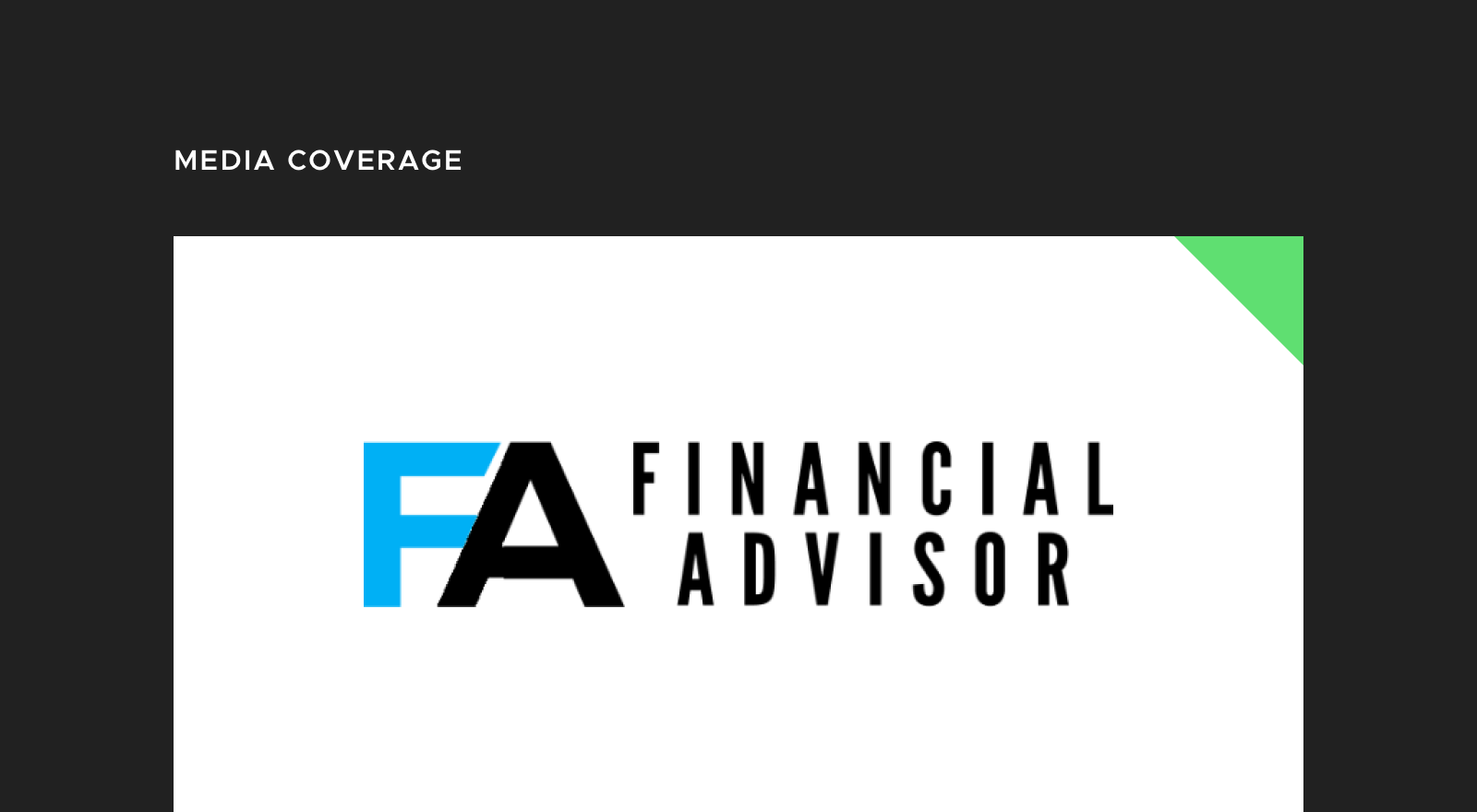By this point, most executives in wealth management understand that there are thousands of ways to screw up a project or technology implementation. Why then, do so many firms make the same mistakes as their peers?

It’s time for a mindset change at the C-level in our industry: it’s time to start learning from the mistakes that others have made so we can collectively move forward faster. From my vantage point, the greatest decisions in wealth technology are based on the experiences and lessons of other firms that came before. Firms that are open and collaborative with their peers gain from the shared experience and spend less time and money by avoiding the mistakes of others.
Unfortunately, many wealth management executives still believe that their tools and projects are top secret. They believe that technology is a critical differentiator and a competitive advantage and if they open up about it, someone will beat them to the market. Maybe 20 years ago that was true, but in 2021, that’s just not the case. Execution and adoption are the new innovation and firms that can move forward with technology faster stand to win the most. With some very rare exceptions, advisor technology is mostly commoditized and the best firms have simply executed faster and with better implementation than their peers.
So let’s change how we approach technology implementation. Stop going it alone. Stop believing that there is value in charting your own original path with the more commoditized tools we often struggle with. Time to learn from our peers. When we use the network effect to understand what our peers have gone through, we learn so much and can deliver on the strategy. This is the anatomy of a good decision.
Here are some great ways to gain this insight:
Social Channels
If you’re not already a part of an online industry professionals group, try to crowdsource some answers on Twitter or LinkedIn (use hashtags #wealthtech or #wealthmanagement to expand your reach). Most executives, consultants and industry insiders are delighted to share their stories (both good and bad) and the level of detail can be surprising. We’ve seen teams hand over entire project plans to their peers based on what timelines and actives worked for them.
Vendor/Partner Asks
I’ve built a long list of questions that I’ve learned to ask when discussing configuration or implementation planning. One of my favorites is “What’s the best implementation you’ve done and how were they successful?” I’m often surprised at how infrequently firms hear that one! Once you get to the ‘why’ of their answer, it will give you a lot of insight into how to change your own approach to match what they’ve seen work. This almost always pays off in the end.
Formal Peer Groups
You can consider joining an established group with a mandate to aggregate insights for the benefit of all. For example, F2 facilitates a regular closed/confidential group discussion called the Wealth Tech Innovation Board. Our think tank is a group of 70 CTOs and CEOs in the top RIAs, wealth managers and asset managers in the country. They meet regularly to discuss hot topic issues.
Through any or all of these channels, you should gain vendor recommendations and references. Find out about good and bad experiences. As much as you want to know who to work with, you also want to know who not to work with. Getting more insight from others will save you years of pain and the costs associated with failed projects.
And in the end, this approach will let you make original and completely NEW mistakes, which is really what being innovative is all about!
Interested in learning more about joining the Wealth Tech Innovation Board or F2’s consulting services? Get in touch.





